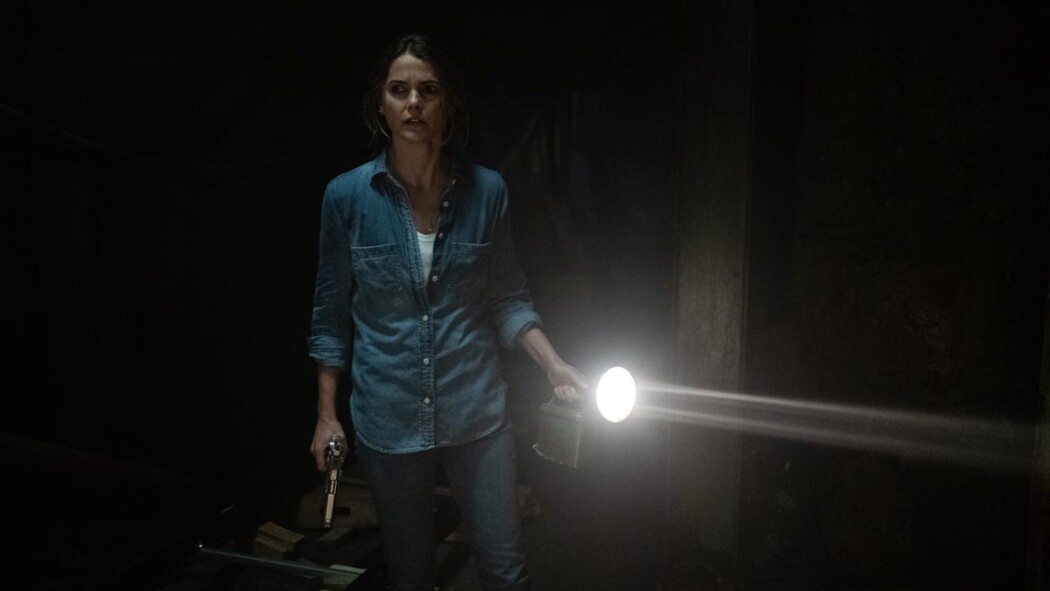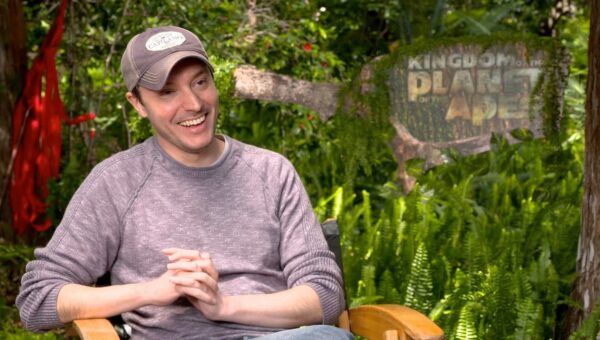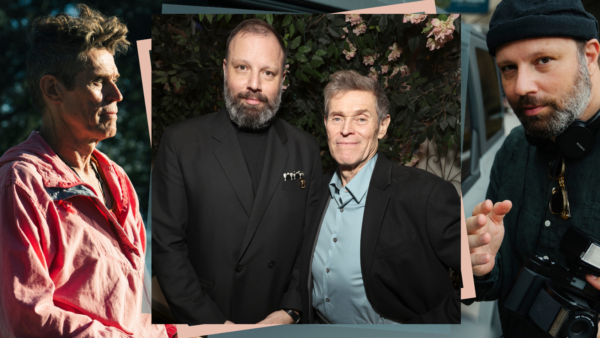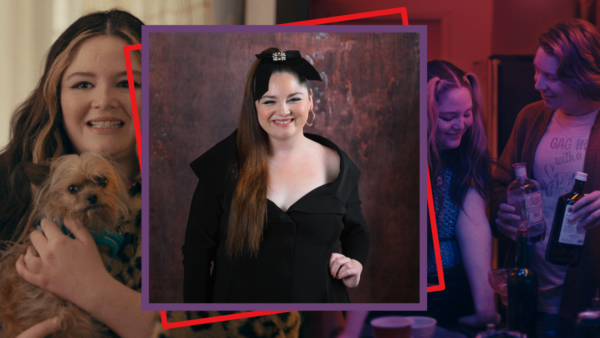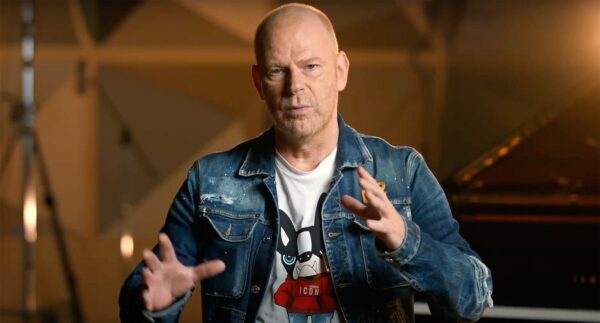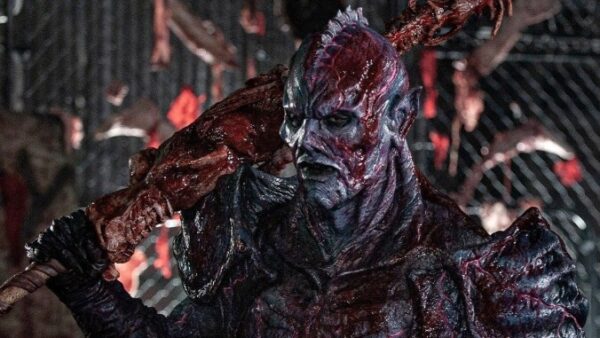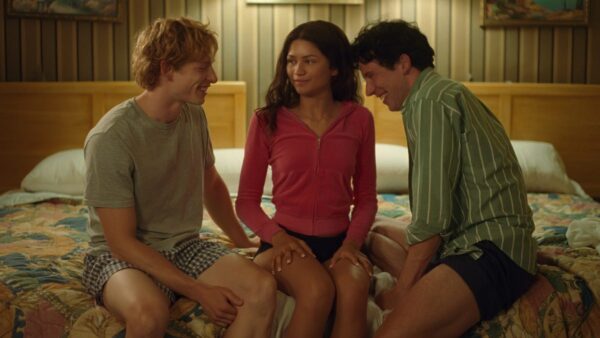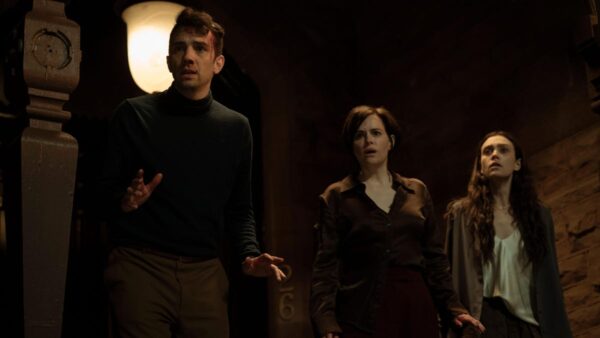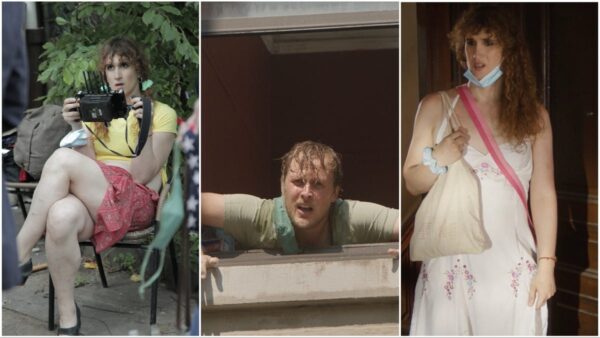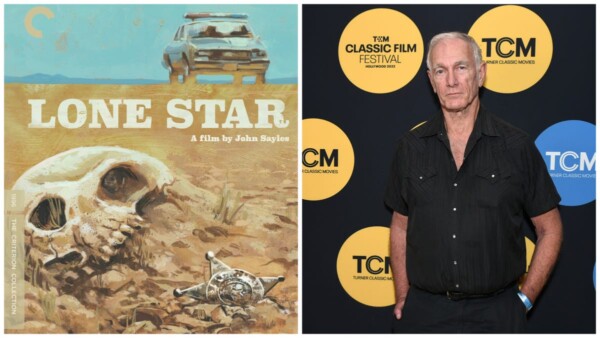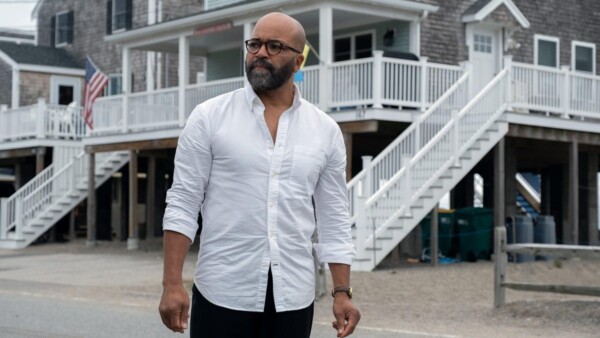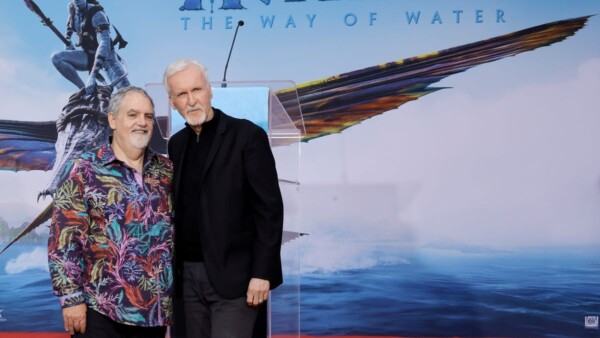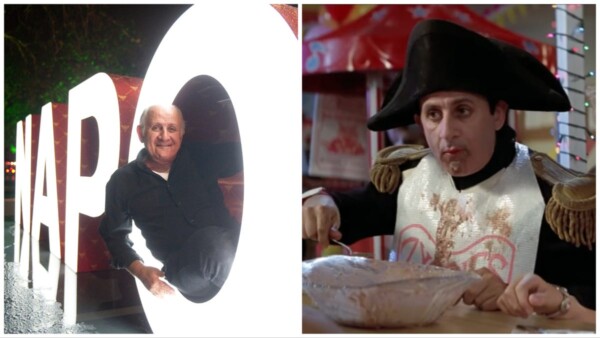With 20 years of programming experience, Kier-La Janisse knows how to put together a movie marathon. Speaking with The A.V. Club from her hotel room in Sitges, Spain, where her documentary Woodlands Dark And Days Bewitched screened earlier this month, Janisse laughs remembering a fundraiser called “Torture Garden” she used to run in Vancouver, B.C.
“It was free to get in, but you had to pay to get out,” she says, describing how she would front-load the event with the most grating, shocking videos she could find, because the price for attending the marathon would go down with every hour endured. Still, it was a balance: “You want to drive people out so you can make more money, but you can’t make the whole thing shit or else they won’t come back the next year,” she says.
But worry not, readers. We haven’t asked Janisse to put together 24 hours of films to shatter your mind. Instead, we’re talking about folk horror, a subgenre that’s gained traction in recent years and is brought into sharp relief in Woodlands Dark And Days Bewitched. In short, a folk horror film is usually set in a rural place, deals with fairy tales and folklore, and uses superstition, pagan rituals, and witchcraft as stand-ins for the conflict between pre-modern and modern ways of life.
The archetypical example of folk horror is The Wicker Man, but Janisse’s documentary expands the label beyond the British films most associate with it. “When you’re looking at something like folk horror, there are a million subsections, different styles, and different ways that they intersect with other genres,” Janisse says. “Some aspects are close to Southern Gothic, and others are close to ethnographic documentary. There are witch-hunting narratives, and pagan community narratives—there are all kinds of them!”
Asked if she agrees with the consensus that folk horror—a genre that thrived in the 1970s—has experienced a revival in the 2010s, Janisse cites Ben Wheatley’s films Kill List (2011) and A Field In England (2013) as key instigators of this new wave. “Those two movies together were hugely influential because they’re low budget films,” she says. “They were made with small crews, but they were able to do all this fantastical stuff.”
Also key are the cyclical nature of nostalgia— “There are a few reasons why the revival happened, but one of the more pragmatic ones is that people who remember these films from the ’70s are now making their own films,” Janisse says—and of history. Janisse adds:
There’s also the state of the world, and how similar it is to the things that were happening in the ’70s. There’s a general pessimism imbuing everything, and I would say that’s a big part of why, in the last few years especially, people have become more interested in folk practices, and folk culture… There’s been a crisis where people have said, “I’m not religious, but I need something right now because the what what is happening around me is not enough. I need some extra support.” So I feel like people are trying to connect more with the core idea of nature and the planet and small communities—all things that we see in folk horror.
There’s an exciting element of discovery in Woodlands Dark And Days Bewitched, as well as Severin Films’ upcoming folk horror boxed set All The Haunts Be Ours, which Janisse helped produce. For our purposes, that means that some of the films discussed below are not currently available on streaming. We’ve included YouTube embeds of those films wherever possible, to help make this marathon a reality for readers who wish to attempt it between the release of Woodlands Dark And Days Bewitched on November 5 and All The Haunts Be Ours on December 7.
12 P.M.: Whistle And I’ll Come To You (1968)
KLJ: The Company Of Wolves is an old comfort movie for me. It’s probably the most mainstream thing on my list, but it’s such an undeniably stunning film. It’s a really lush looking: the reds are so vibrant, and the colors of the sky and the textures of the sky are amazing.
A lot of the film has to do with people telling stories. There is a celebration of the act of storytelling, of people who take on the role of being storytellers, and of the power that it gives you to be a storyteller. It’s also a coming of age story, about a young woman who’s around 13 or 14 and is coming into her sexual awakening.
It’s based on Angela Carter’s [book of revisionist fairy tales] The Bloody Chamber, which have all been brought in to some degree in this film. The classic little Red Riding Hood story is your main narrative, and at the very end, the last story that [the protagonist] tells is for the wolf. She sits next to him and tells him a story, which is so beautiful.
Der obige Text ist eine maschinelle Übersetzung. Quelle: https://www.avclub.com/gather-round-the-samhain-fire-for-a-24-hour-folk-horro-1847893230?rand=21961




